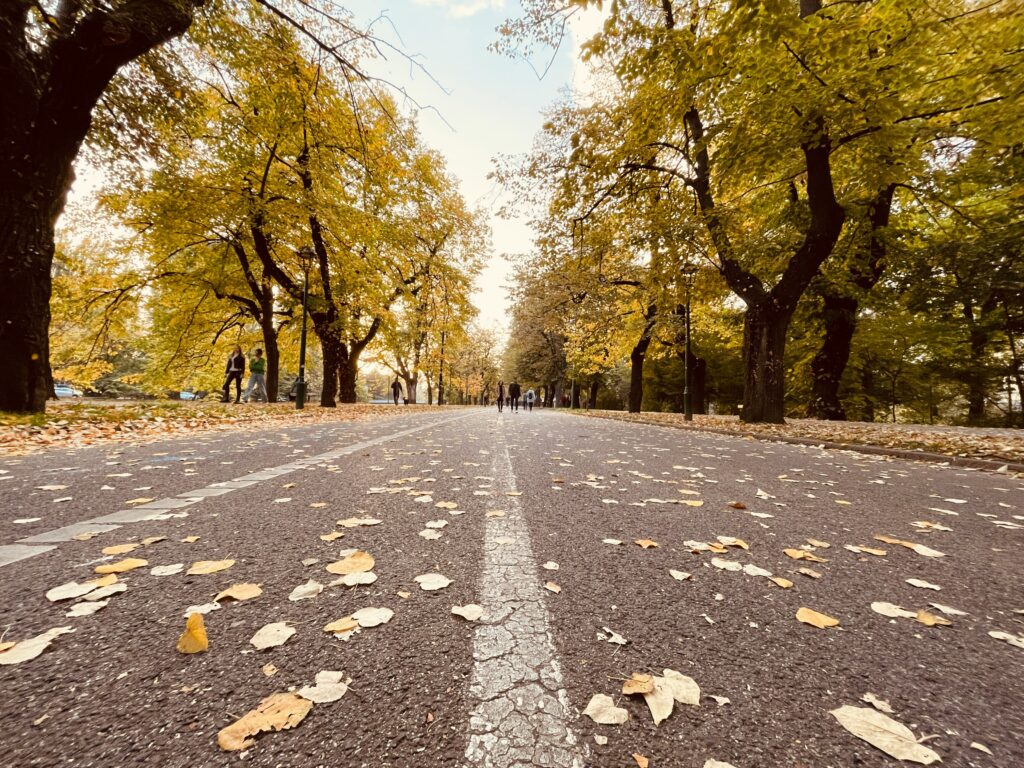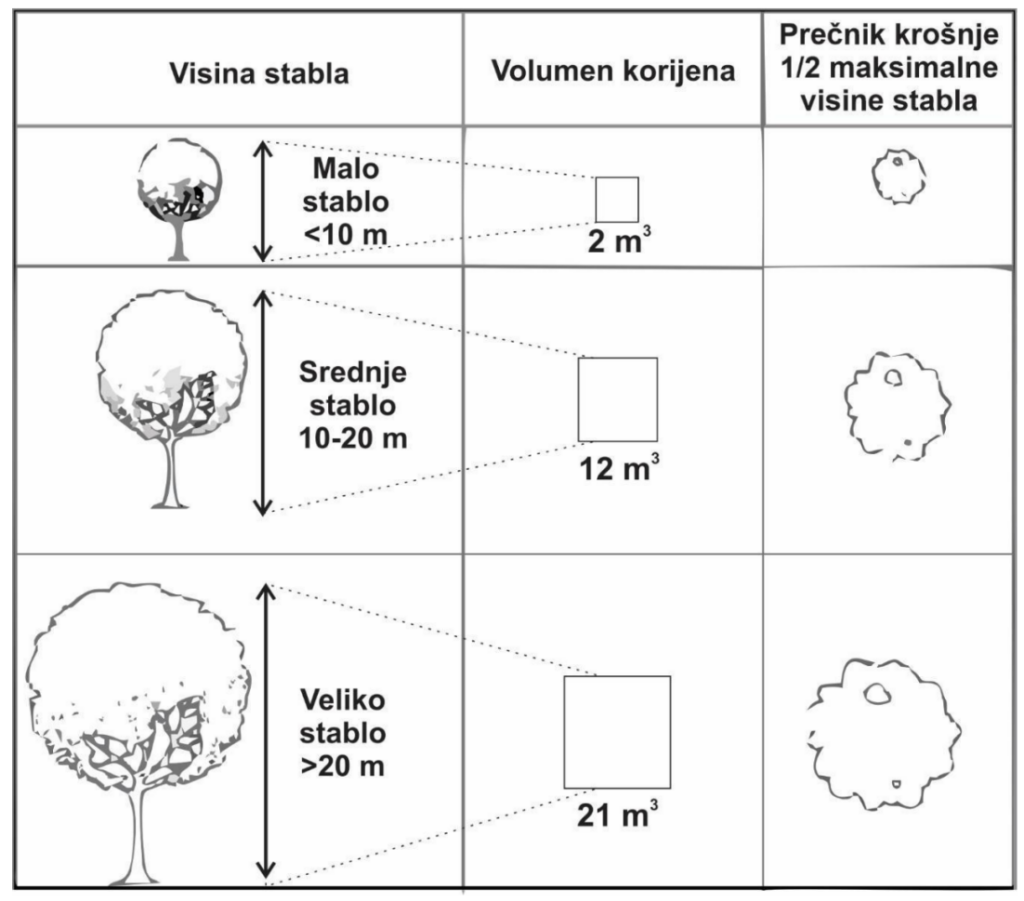Dobrovoljna, nevladina, interesna, nestranačka i neprofitna organizacija stručnog, profesionalnog i društvenog karaktera.
Trees of Sarajevo
- Creating List of 100 trees for Sarajevo -
Association of Landscape Architects in Bosnia and Herzegovina & Udruženje EKO akcija
January 2023
Financed: SOS za prirodu, FOD 2022
Description: Creation of the “List of 100 Trees for Sarajevo,” aimed at promoting biodiversity and sustainable urban greenery in the city.
The project “Trees of Sarajevo,” coordinated by the Association of Landscape Architects in Bosnia and Herzegovina and EKO akcija, represents a significant step towards enhancing Sarajevo’s urban greenery. Funded by SOS za prirodu through FOD 2022, this initiative focuses on creating a comprehensive “List of 100 Trees for Sarajevo” to guide sustainable tree planting and improve biodiversity across the city.
The list considers Sarajevo’s diverse geomorphological and climatic conditions, ensuring the selected species are suited to the city’s natural environment and urban infrastructure. By promoting tree species that thrive in specific areas and addressing challenges like soil quality, hydrological changes, and urban heat, the project emphasizes ecological adaptability and sustainability.

Photo by Vlado Salijevic on Unsplash
The geomorphological and climatic diversity of the greater Sarajevo area, particularly in regions where natural soils have been preserved, determines the choice of species when replacing existing trees or introducing new plantings. Potential vegetation in most of the Sarajevo Canton, encompassing hilly and mountainous areas as well as the upper terraces of the Miljacka River, consists of climate zone communities of sessile oak and hornbeam (Quercus-Carpinetum). Within these communities, in the alluvial plains of the Miljacka, Bosna, and Željeznica Rivers, habitats of pedunculate oak and hornbeam (Carpino betuli-Quercetum roboris) and recent fluvisols host habitats of willows and poplars (Salicetum and Populetum).
On warmer exposures and limestone substrates, communities such as Carpinetum orientalis and Quercus-Ostryetum carpinifoliae are present. At higher altitudes, in northern and colder positions, habitats of beech (Luzulo-Fagetum) dominate, along with warmer stands of sessile oak (Quercetum petraeae montanum). The phytocenological features of the Sarajevo Canton largely dictate the adaptability of taxa introduced into urban settings. In areas where natural soils are not preserved, it is essential to analyze and create appropriate conditions. For example, changes in hydrological regimes of natural soils can enable the planting of trees in locations where groundwater was previously higher.

The “List of 100 Trees for Sarajevo” provides a general recommendation for tree planting in the region, based on the area’s characteristics. Most of the species included on the list are suitable for planting in all parts of the city, except for those requiring specific conditions, as noted in the commentary (IX).
